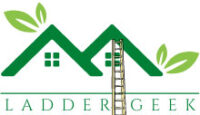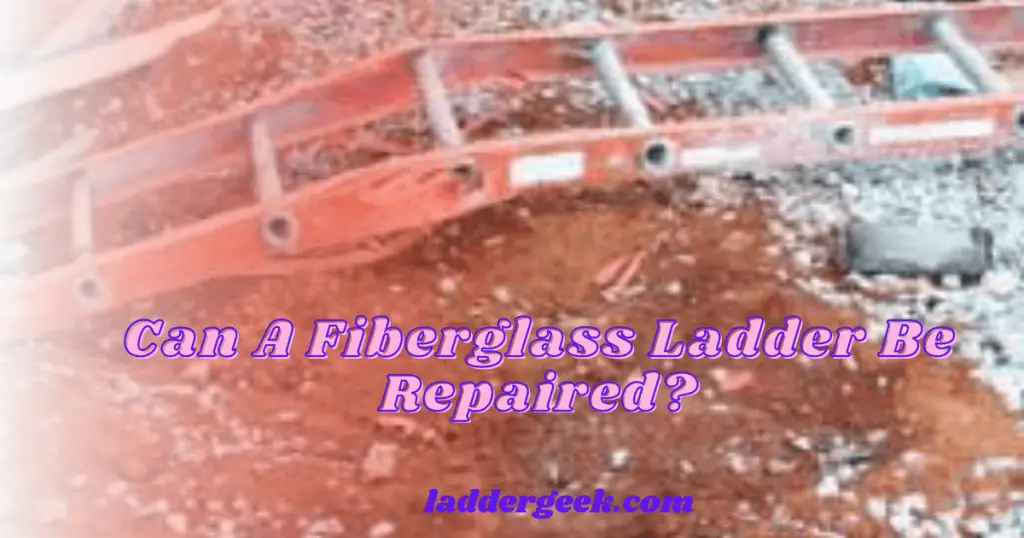If you are familiar with building equipment and construction materials, then chances are you’ve come across reinforcing bars.
They can be hot rolled and utilized for several things, particularly as ladder rungs. Steel reinforced bar is commonly used to fortify ladder rungs so that they can support more weight and prevent cracks. They strengthen the ladder and hold each rung compactly.

Benefits of Using Rebar
If you are a frequent ladder user, by now you must appreciate the stability and reliability of your ladder. It is almost impossible not to.
This is as a result of the materials and the compact structure of each part. Rebar not only provides this but along with some other benefits like;
- If you have ever suffered from corrosion of your ladder rungs as a result of chloride, then utilizing a reinforcing bar is the way to go. It completely solves all questions regarding chloride corrosion, and in turn, protects the whole ladder from being damaged when it supports any weight. Using rebars for your ladder rungs will guarantee longevity and even more stability.
- Utilizing stainless steel will make handling and controlling your ladder easier. You will now be able to easily fix your ladder rungs in case the need ever arises. Your rungs will also be able to withstand harm that would have otherwise damaged your ladder permanently.
- When you decide to use a stainless steel reinforced bar, your ladder is guaranteed to outlive other ladders without the rebar up to 5 times despite any destructive environments it may be in.
- You can reuse your stainless steel after several years as it will still be of tremendous value and importance.
- Using reinforcing bars has significantly less effect on your environment.
- In case you want to reinforce a ladder rung that is on a ladder that cannot be taken for repair for any reason, stainless steel is a suitable and affordable option. Because of its longevity feature, it may not require repair for a significantly long time.
- Stainless steel reinforcement bars are not only mechanically strong or resistant to corrosion, but it is also relatively lightweight and does not add to the overall heaviness of the ladder when compared to other ladders. This helps reduce the cost and stress of transportation. You do not have to worry about needing all the help in the world just to lift it. Transportation of this reinforced ladder can just remain a two-man job.
- Ladders that are reinforced with stainless steel are known to have very low magnetic permeability and so are best suited to being used in areas with strong magnetic fields. For instance, these ladders would be best suited for transformer bases, electrical bases, and even air terminals. It is important to note that not all ladders can be used in these zones to avoid dangerous accidents.
- Rebar is very convenient and fits right into the needs of most electrical and construction workers. It also helps you save money as you can always reuse it for other purposes.
Disadvantages of Using Rebar
Now we have covered the benefits of using stainless steel for your ladder rungs, here are some of its disadvantages.
1. Expensive
Steel bars are often expensive and can make the overall ladder structure more costly.
2. Vulnerable at High Temperatures
Steel bars easily cave in extremely high temperatures. Your ladder rung might begin to melt if you expose it to very high temperatures over time. This will not only reduce its efficiency but damage the entire ladder. This is why it is advised that you tie steel rather than weld it.
3. Reaction
When the steel bars are not reinforced properly, water can make its way into the structure and cause significant damages to the ladder rung
4. Rust
Although it might protect you from chloride corrosion, exposing the steel to extreme weather conditions will result in the rusting and weakening of different parts of the ladder and eventually reduce the strength of the ladder or its ability to support weight.
5. Weight
Compared to some ladders, Steel Renard is significantly heavier.
Read More: Are Aluminum Ladders OSHA Approved
What Diameter Is Ladder Rungs?
Rungs must be immediately replaced when you notice any signs of smooth or worn serration on the ladder. Also, you must consider replacing them if you notice there is any significant dent in the rung.
When it comes to ladders, no damage can be tolerated. To repair a damaged rung, you must know the standard thickness specification for each rung. Generally, all rungs are 3/4″ in diameter along with .065″ wall thickness.
As for the steps of fixed ladders, the minimum requirement is a width of 16 inches that must be measured before proceeding to installation.
Conclusion
There are many advantages and similarly many disadvantages of using stainless steel to reinforce your ladder rung. Although there are a few adjustments you can make to the structure that will compensate for a large portion of the disadvantages of the rebar.
However, the two main ones are not exactly deal breakers but should be watched out for when you use rebar for your ladder rung.
Firstly, you need to watch out for the measured diameter of the reinforced steel bar and then compare it to the actual width of the ladder rung you want to use it on.
If these measurements are not compatible, it can lead to discomfort in your feet and your hands when you decide to climb up the ladder.
Before installing the rebar, you must ensure that the specifications match. If not, eventually climbing the ladder will cause you to slip.
Secondly, the strength of the entire structure might constitute a disadvantage. Although the steel material may be strong and ductile under certain temperatures, using it for a ladder rung might cause an imbalance when there is a concentrated load.
Most ladder rungs draw their impressive strength from the way the ladder rung is shaped and designed. You might not find a similar shape found in a reinforced rung.
Joseph is the owner of LadderGeek. He is a home remodeling enthusiast. He has created this blog to share some of his knowledge on Ladder and accessories.


